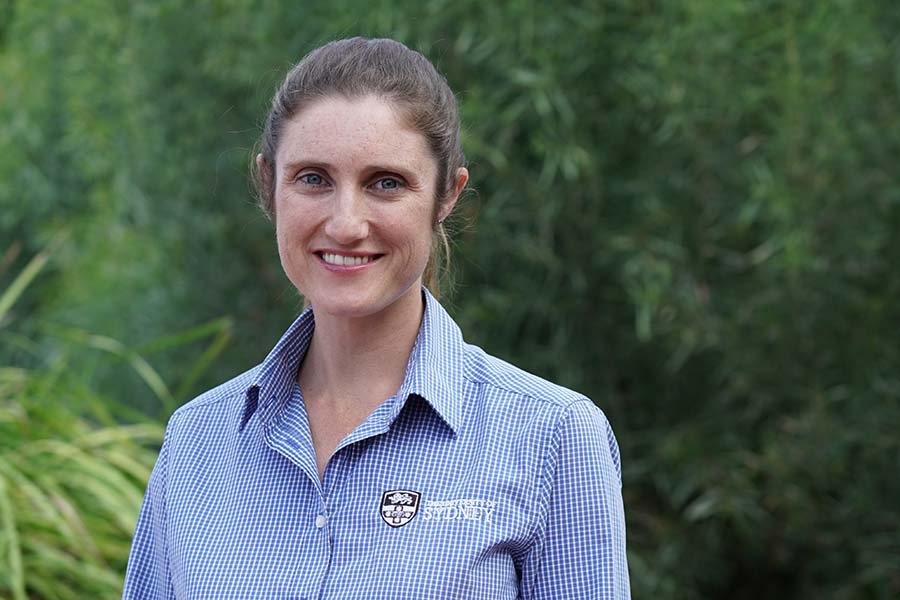Work to improve the heat tolerance of chickpeas has sparked the interest of northern grain growers, with imported breeding lines indicating the legume’s planting window could be pushed into late summer.
With investment from GRDC and the Australian Research Council (ARC), the University of Sydney obtained a diverse collection of chickpea lines from ‘hot and dry’ regions around the world through the Australian Grains Genebank.
A selection from this bigger group were crossed with Australian cultivars and the offspring tested for how they perform when planted in late summer.
GRDC’s latest video and podcast, ‘Summer chickpeas show red-hot promise’, looks at how these breeding lines, plus existing commercial varieties, have performed in summer trials - led by University of Sydney Research Scientist Dr Richard Trethowan and supported by Dr Angela Pattison, based in Narrabri NSW.
Dr Pattison says the trials were about looking at responding to Australia’s changing climate and feedback from northern growers who want more options when it comes to summer pulses.
“The changing climate is inevitable, so it’s important the industry is looking at how to respond to that and give growers options to maintain their productivity in the warmer months,” she says.
“I’d heard a lot of feedback from growers that they wanted another summer pulse option besides mungbeans, which can be variable and difficult in the northern region.
“When looking at countries around the world who have successfully grown chickpeas outside of the cooler months of the year, we wanted to look at whether we could make that work for the northern region.”
Funding from GRDC has allowed the University of Sydney to conduct trials across the northern region which will determine whether planting chickpeas in the warmer months could be economically viable for growers and if so, under what conditions.
The trials will be conducted over two years across five sites in the northern grain growing region, including Gunnedah, Narrabri, Emerald, Toowoomba and Gatton.
“It’s great we’re able to use the trials to test out which environments could support chickpeas in the warmer months,” Dr Pattison says.
Dr Angela Pattison said summer chickpea trials are showing a lot of promise but there still needs to be extensive agronomic testing conducted on the breeding lines. image: GRDC
“Planting in late summer means it would be a shorter, less forgiving window for growers compared to winter and it’s crucial that the plants are finished before it gets too cold.”
While the first year of trials have been successful, with Dr Pattison saying the leading varieties have responded well - there’s still extensive agronomic testing that needs to be done before growers can implement the research.
“While the crops are showing a lot of promise, we still need to do a lot of agronomic testing on the breeding lines, looking at things like disease resistance, sowing density, viable planting windows and the appropriate spray out regime,” she says.
“This project is really left field and has some risks for growers in terms of the summer crop creating an opportunity for a green bridge, but I think we can overcome this if it’s done right.”
“A key element of the success of this will rely on collaborating with growers - trialling how this could work on farm and how to manage the short window so it works with their production.”
GRDC Senior Manager Genetic Technology, Juan Juttner, says it was essential that GRDC continued to invest in projects like Dr Pattison’s, as they aimed to improve the diversity of cropping options and sowing windows for growers.
“We want to continue to provide growers the opportunity to maximise their profitability and productivity throughout the entire year,” he says.
“While this work is in its early stages, we want to continue investigating viable options for growers to respond to the changing climate and work with environmental conditions.”
More details on Dr Pattison’s work, including how trials are performing, can be found in our latest podcast on the GRDC website or via the latest video on GRDC’s YouTube channel.
We will provide updates on this project’s outcomes as it progresses into 2023.


























































